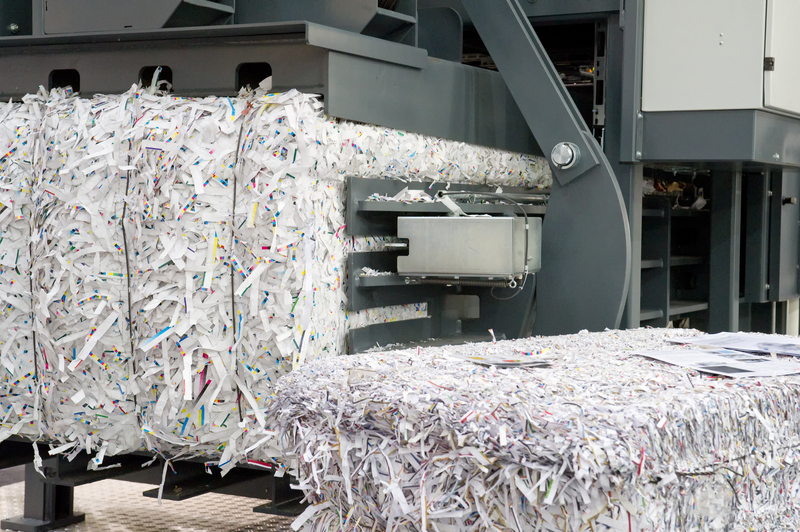How to Cut Down on E-Waste Easily
The issue of electronic waste (e-waste) has escalated to a global environmental crisis in recent years. As technology advances at breakneck speed, older devices become obsolete, leading to a staggering amount of discarded electronics. This article investigates strategies to minimize e-waste, thereby contributing to a healthier planet and more sustainable lifestyle.
Understanding E-Waste
Electronic waste, commonly referred to as e-waste, consists of discarded electronic and electrical products such as computers, televisions, smartphones, and batteries. According to the Global E-waste Monitor 2020, a record 53.6 million metric tons of e-waste was generated worldwide in 2019. This number is expected to grow to 74.7 million metric tons by 2030.
E-waste poses serious environmental and health risks due to the presence of hazardous substances like lead, mercury, and cadmium. When not handled properly, these toxins can leach into soil and water, posing a threat to the ecosystem and human health.

How to Cut Down on E-Waste Easily
Reducing e-waste involves various strategies that can be adopted at both individual and organizational levels. Below are some practical steps to help you cut down on e-waste easily:
1. Buy Less and Choose Wisely
The first step to reduce e-waste is to buy fewer electronic gadgets. Instead of purchasing multiple devices, look for multifunctional gadgets. For example, modern smartphones serve as cameras, music players, and even small-scale gaming systems in addition to being communication devices. Additionally, invest in high-quality electronic devices that have longer lifespans, which will reduce the need for frequent replacements.
2. Repair and Upgrade
Many electronic devices can be repaired or upgraded to extend their usefulness. Before deciding to dispose of a malfunctioning gadget, consider getting it repaired. Similarly, upgrading components like the RAM or hard disk drive of a computer can enhance its performance, postponing the need for a new one.
3. Recycle Properly
Eco-friendly disposal of e-waste is essential for minimizing its negative impact on the environment. Many cities and towns have dedicated e-waste recycling programs. Drop-off locations for old electronics are often available at retail stores, recycling centers, and through community e-waste collection events. Ensure you follow regulations and guidelines for electronic recycling in your area.
4. Donate or Sell Unwanted Electronics
If your electronic devices are still functional but no longer needed, consider donating them or selling them second-hand. Many non-profits and schools accept donations of working computers and other electronics, which can benefit those who may not have access to new gadgets. Websites like eBay, Facebook Marketplace, and Swappa provide platforms for selling used electronics, granting them a second life.
5. Use Cloud Services
Opt for cloud-based services to minimize the need for physical storage devices, like external hard drives and flash drives, which frequently become obsolete. Cloud storage solutions such as Google Drive, Dropbox, and Microsoft OneDrive offer vast storage capacities and can be accessed from multiple devices, reducing the accumulation of physical e-waste.
6. Opt for Sustainable Brands
Many companies are now focusing on sustainability and producing eco-friendly electronics. Seek out brands that prioritize sustainable practices, use recyclable materials, and offer comprehensive recycling programs for their products. Apple, for instance, has a recycling program that accepts old devices and uses parts for new products. Dell also runs a commendable recycling program.

7. Minimalist Approach to Technology
Adopting a minimalist approach to technology encourages mindful consumption and fosters a clutter-free digital environment. Declutter your digital space by unsubscribing from unnecessary services, deleting unused apps, and organizing your files. This approach can reduce the need for excessive storage devices and gadgets.
8. Educate and Advocate
An informed community is more likely to participate in sustainable practices. Educate yourself and others about the impact of e-waste and the importance of recycling and reusing electronic devices. Advocacy can also involve supporting policies and legislation aimed at reducing e-waste, such as extended producer responsibility (EPR) regulations that hold manufacturers accountable for the end-of-life management of their products.
Conclusion
As individuals and communities, we have the power to make significant strides in reducing e-waste. By adopting the strategies outlined above--buying less, repairing and upgrading, recycling properly, donating or selling, using cloud services, choosing sustainable brands, embracing minimalism, and advocating for responsible practices--we can collectively mitigate the environmental and health risks associated with e-waste. Making these conscious choices not only benefits our current environment but also ensures a sustainable future for generations to come.


